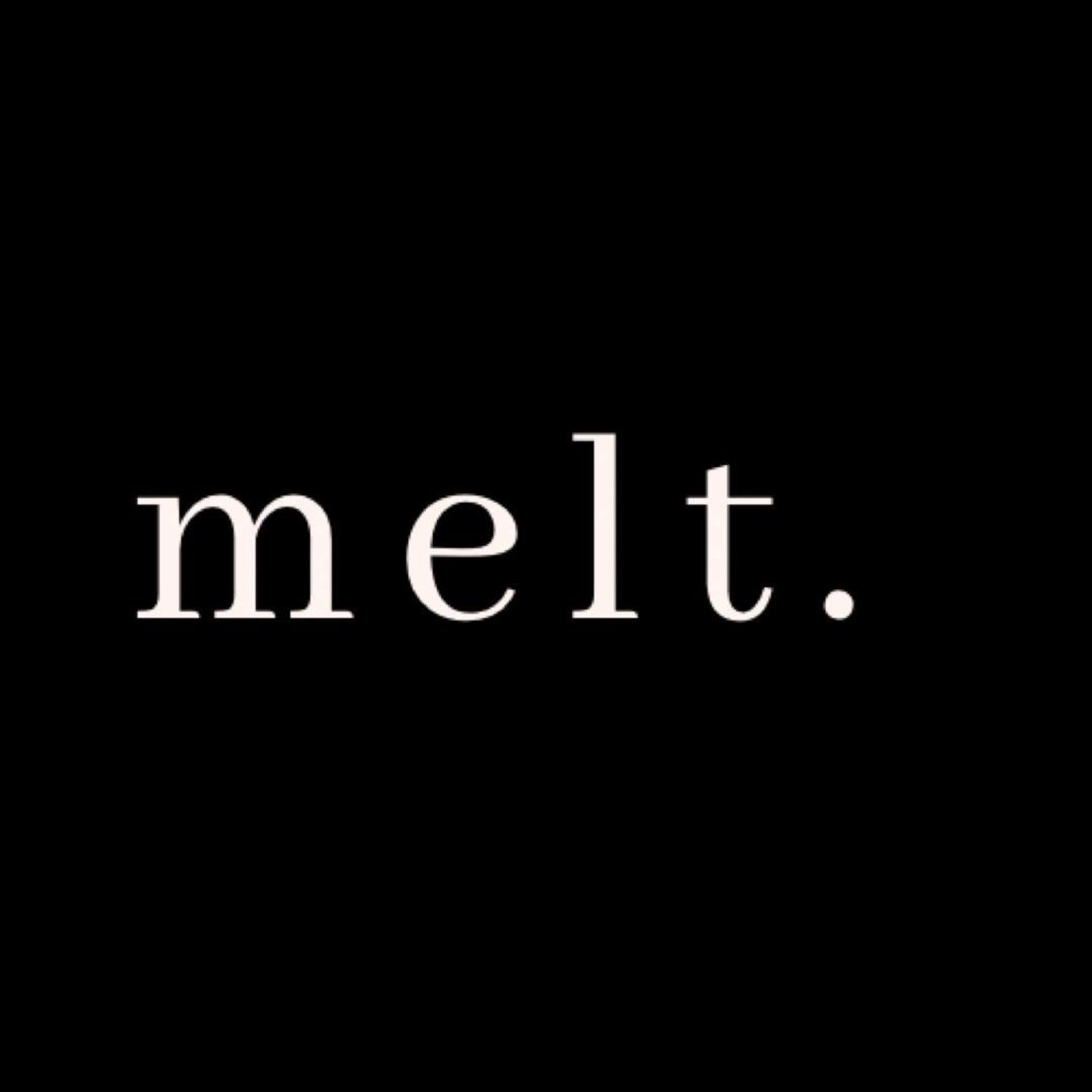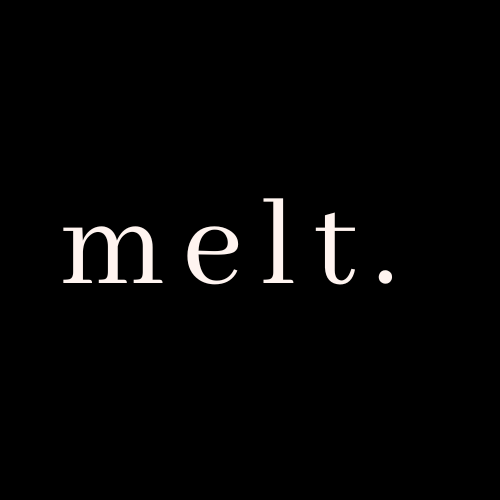10 Candle Making Techniques That Will Turn You Into a Pro!
Candle making is not only a creative and relaxing hobby but also a fantastic way to fill your home with your favorite scents and create beautiful, personalized gifts for friends and family. Whether you're a beginner or looking to improve your skills, these ten techniques will help you craft candles like a pro. Let's dive in!
Step 1 | Selecting the Right Wax
Understanding Different Types of Wax
Choosing the right wax is the foundation of candle making. Each type of wax has unique properties that affect the burning time, scent throw, and appearance of your candle.
Soy Wax: Made from soybeans, it's eco-friendly and burns cleanly. Perfect for beginners and those who prefer natural products.
Beeswax: Produces long-lasting candles with a natural honey scent. It's great for creating high-quality candles but can be pricier.
Paraffin Wax: The most common wax used in commercial candles. It’s inexpensive and holds scent and color well.
Coconut Wax: A newer, sustainable option that blends well with other waxes and offers a slow, clean burn.
When I first started making candles, I experimented with different waxes. Soy wax quickly became my favorite because it's easy to work with and gives a beautiful, creamy finish.
Step 2 | Mastering the Melt and Pour Process
Melting Wax Safely
The key to successful candle making is mastering the melt and pour process. Here’s a step-by-step guide:
Use a Double Boiler: Melting wax directly on the stove can be dangerous. Instead, use a double boiler to ensure even heating and prevent overheating.
Monitor Temperature: Keep an eye on the temperature using a thermometer. Most waxes melt between 120-180°F. Overheating can affect the texture and scent throw.
Stir Gently: Stir the wax gently to avoid creating bubbles.
Achieving the Perfect Pour
Pouring the wax correctly is crucial to avoid bubbles and achieve a smooth surface.
Pour Slowly: Pour the melted wax slowly into your container to minimize bubbles.
Allow to Set: Let the candle set at room temperature. Rapid cooling can cause cracks.
I remember my first pour—it was a disaster with bubbles everywhere! But with practice and patience, my candles now come out smooth and professional-looking.
Melting Wax Safely
The key to successful candle making is mastering the melt and pour process. Here’s a step-by-step guide:
Use a Double Boiler: Melting wax directly on the stove can be dangerous. Instead, use a double boiler to ensure even heating and prevent overheating.
Monitor Temperature: Keep an eye on the temperature using a thermometer. Most waxes melt between 120-180°F. Overheating can affect the texture and scent throw.
Stir Gently: Stir the wax gently to avoid creating bubbles.
Achieving the Perfect Pour
Pouring the wax correctly is crucial to avoid bubbles and achieve a smooth surface.
Pour Slowly: Pour the melted wax slowly into your container to minimize bubbles.
Allow to Set: Let the candle set at room temperature. Rapid cooling can cause cracks.
I remember my first pour—it was a disaster with bubbles everywhere! But with practice and patience, my candles now come out smooth and professional-looking.
Step 3 | Perfecting Wick Placement
Choosing the Right Wick
Selecting the right wick is essential for an even burn. The size and type of wick you choose depend on the diameter and type of wax.
Cotton Wicks: Great for most candles, especially soy and beeswax.
Wood Wicks: Provide a unique crackling sound and are ideal for soy and coconut wax.
Securing the Wick
Center the Wick: Use a wick holder or stick to keep the wick centered while pouring the wax.
Attach Firmly: Use a hot glue gun or adhesive tab to attach the wick to the bottom of the container.
In my early candle-making days, I struggled with wicks that wouldn't stay centered. Now, I always use a wick holder, and it makes a huge difference!
Step 4 | Experimenting with Fragrance Blends
Basics of Fragrance Oils
Adding fragrance is where you can get really creative in candle making. Here are some tips:
Measure Carefully: Typically, you’ll use about 1 ounce of fragrance per pound of wax.
Mix Thoroughly: Stir the fragrance into the wax for at least two minutes to ensure even distribution.
Creating Unique Scents
Don’t be afraid to experiment with different combinations. Some of my favorite blends include lavender and vanilla for relaxation or citrus and mint for an energizing scent.
Step 5 |Using Molds & Containers Creatively
Types of Molds
Using different molds can add variety to your candle shapes and styles.
Silicone Molds: Flexible and easy to use, perfect for intricate designs.
Metal Molds: Durable and great for larger candles.
Creative Container Ideas
Think beyond traditional containers:
Teacups: Add a vintage touch to your decor.
Mason Jars: Perfect for rustic-themed candles.
Recycled Glass: Eco-friendly and unique.
One of my favorite projects was making candles in antique teacups I found at a thrift store. They turned out beautifully and made charming gifts!
Step 6 | Achieving Perfect Color
Using Dyes and Natural Colorants
Coloring your candles can be as simple or complex as you like.
Dye Blocks/Liquid Dyes: Easy to use and offer consistent results.
Natural Colorants: Beetroot powder, turmeric, and other natural ingredients can give a subtle, earthy tone.
Techniques for Multi-Colored Candles
Layering colors can create stunning effects. Pour the first layer, let it cool slightly, then add the next. Repeat until you achieve your desired look.
I once made a layered candle with shades of blue and white for a beach theme. It was a bit time-consuming but the result was worth it!
Step 7 | Enhancing Candle Aesthetics
Decorative Techniques
Adding decorative elements can make your candles stand out.
Embedding Objects: Dried flowers, shells, or crystals can be embedded in the wax.
Using Glitter: A light sprinkle of glitter can add sparkle.
Professional Finishes
Use decals, labels, and ribbons to give your candles a polished look. It’s these little touches that make your candles feel luxurious.
8. Troubleshooting Common Issues
Solving Common Problems
Every candle maker faces challenges. Here are solutions to some common issues:
Frosting: Common with soy wax. To minimize, pour at a lower temperature.
Sinkholes: Can be filled by pouring a second layer of melted wax.
Wet Spots: Often caused by uneven cooling. Let candles cool slowly and evenly.
When I first started, I had a lot of sinkholes. Now, I always keep a bit of extra wax to top off my candles after they set.
9. Advanced Techniques: Layering and Embedding
Creating Layered Candles
Layered candles are visually striking and fun to make. Pour each layer and let it cool before adding the next. Experiment with different colors and fragrances for a multi-sensory experience.
Embedding Objects
Embedding objects requires a bit of planning. Place your objects in the mold before pouring the wax. Ensure they are non-flammable and placed away from the wick.
I once embedded seashells in a candle for a beach-themed party favor. It was a huge hit!
10. Safe Practices and Sustainability
Candle Making Safety
Safety should always be a priority in candle making.
Use Protective Gear: Gloves and safety glasses protect against hot wax.
Ventilation: Ensure your workspace is well-ventilated to avoid inhaling fumes.
Sustainable Candle Making
Choosing eco-friendly materials and practices can make your candle making more sustainable.
Eco-Friendly Waxes: Soy, beeswax, and coconut wax are great options.
Reusable Containers: Opt for containers that can be reused or recycled.
Conclusion
Candle making is a delightful hobby that allows for endless creativity. By mastering these ten techniques, you'll be able to create beautiful, professional-quality candles that fill your home with warmth and light. So, grab your wax, wicks, and fragrances, and start crafting!
Additional Resources
Suppliers: Check out Candle Science, Makesy, and MidWest Fragrance Company for all your candle-making needs.
Online Tutorials: Websites like YouTube and Skillshare offer great tutorials.
Books: "The Scented Candle Workshop" by Paul Firmin is a fantastic resource.
Happy candle making! Feel free to share your creations and join candle-making communities for more tips and inspiration.










